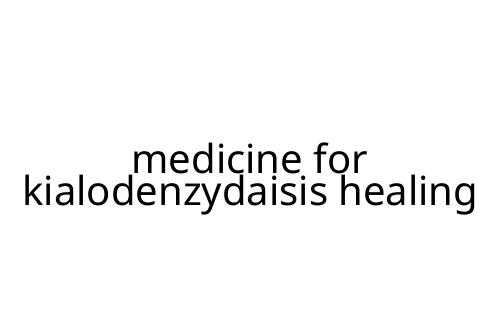medicine for kialodenzydaisis healing
Kialodenzydaisis is not a familiar term in mainstream medicine, but let’s discuss how to approach healing when faced with a complex or lesser-known condition. When people search for medicine for kialodenzydaisis healing, they’re likely seeking honest guidance about symptom relief, treatment options, and practical advice.
Understanding Kialodenzydaisis
Since kialodenzydaisis doesn’t appear in recognized medical literature, it’s wise to approach the subject cautiously. Whether you’re dealing with a rare disease, a newly described syndrome, or even a miscommunication of medical terms, the core principles of healing apply: symptom management, understanding causes, and pursuing safe, effective treatments with professional guidance.
Key Considerations in Healing
The first step is always a proper diagnosis. Without a clear understanding of what kialodenzydaisis is, it’s impossible to recommend a universal medicine. Seek a qualified healthcare provider, especially if your symptoms are unexplained or don’t improve with standard care. Self-diagnosing or self-medicating can lead to risks and delays in effective therapy.
Conventional Medicine
If kialodenzydaisis refers to a set of identifiable symptoms, treatment may involve standard medications:
- Pain relievers: For discomfort or chronic pain
- Anti-inflammatories: If inflammation is a known factor
- Specific drugs: Antivirals, antibiotics, or antifungals, if an infection is identified
Each medicine should be chosen based on symptoms or diagnosis, not on the condition's name alone.
Supportive and Lifestyle Approaches
Medicine for kialodenzydaisis healing isn’t always just about drugs. Supportive care is critical:
- Rest: The body heals best when rested
- Nutrition: Good food supports recovery and immune function
- Hydration: Staying hydrated helps every system work efficiently
- Follow-up: Monitoring symptoms, tracking changes, and sharing updates with your doctor
Sometimes alternative or adjunctive therapies can complement traditional medicine, but be skeptical about claims without evidence. If you explore supplements or herbal options, consult your doctor to avoid harmful interactions.
Pros and Cons of Managing Rare Conditions
There are upsides to a thorough, stepwise approach:
- Pro: You target the actual issue rather than symptoms alone
- Pro: Professional care catches complications early
But there are drawbacks:
- Con: Diagnostics may take time, especially with rare conditions
- Con: Not all symptoms have effective, immediate treatments
Practical Tips for Moving Forward
If you’re searching for medicine for kialodenzydaisis healing, keep these steps in mind:
- Document symptoms: Detailed notes help professionals recognize patterns.
- Research carefully: Use reputable sources and beware of miracle cures.
- Prioritize safety: Don’t mix new treatments without approval.
- Stay patient: Healing—especially for complex conditions—can take time.
- Build a support network: Connect with others who have similar symptoms if possible.
Final Thoughts
Medicine for kialodenzydaisis healing means pursuing answers with a blend of professional care, factual research, and self-advocacy. Prioritize clear diagnosis and cautious treatment. When facing the unknown, honesty and professional partnership go further than a quick fix.



